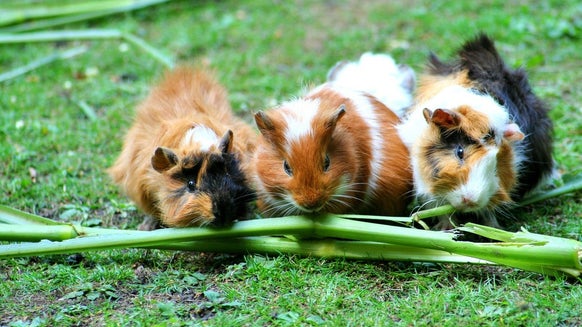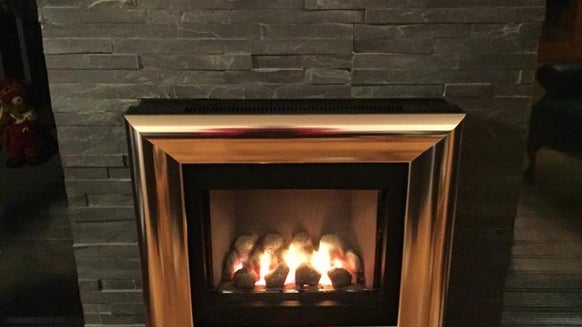Ponds for Small Spaces

While a pond is not the first thing one imagines in a small garden, it is perhaps a feature to consider, given its use. There is no need to get digging or to install a fancy pumping system; you can even have a pond in a bucket! With the increasing awareness of wildlife, many gardening experts are stressing the importance of having water in our gardens, and they have a very valid reason to do so. You can simply place a birdbath, which will attract feathered friends, but if you fancy getting stuck in with a project, keep reading.
Benefits of having a pond
While they are aesthetically pleasing, ponds also carry out an important task: they are great for a balanced ecosystem. By encouraging birds and frogs to your garden you will, in turn, reduce the number of slugs and pests that threaten your cherished plants. And if this year’s high number of slugs is anything to go by, we would strongly recommend looking into this option.
It also creates its own ecosystem. By placing a pond in your outdoor space, it will cool the area in the summer by absorbing heat during the day, and it will warm the air at night, thus creating an attractive spot for wildlife and humans alike.

What do you need to do?
Choose a sunny position in your garden and avoid placing it near trees so the leaves do not fall in. If you decide to use a container, you will want to consider how animals will access the water; placing other pots and rocks or stones around it will be useful. If you choose to use a pot of any kind, you need to ensure that it is water tight.
You might, on the other hand, decide to create a pond from scratch, in which case is it recommended that the minimum dimensions are 1m wide x 2m long. The best time to get digging is late autumn or winter, as it is likely to take up several weekends and all the pond-goers will not be around yet. First, you will need to draw the outline, people recommend using a hose, and once the digging is done you will need to line the pond with waterproof material. Add water while smoothing and folding the fabric to make it seamless without any gaps. You will need some excess material to spill over and pin down with rocks, pebbles, etc.
Whether the pond is being dug or not, you need to make sure there is a shallow end and a deeper end; this will enable animals to get in and out easily. And if you are lucky enough to get tadpoles, those will also benefit from having a shallow and sunny pool. You should also leave some stones and sediment at the bottom for the wildlife that go down there during the winter months. Let it all settle and you will start seeing life from around April.

Plants
If you are buying your plants from a nursery or from someone who already has a pond, you will receive your plants in aquatic baskets. If, for some reason, you don’t, please make sure you get the appropriate baskets as these special containers allow water, air and other gas movements; plus, they will contain the plant and will not allow it to spread. You might want to check that they are designed so they don’t lose any soil when submerged in water, if they are not, you might want to line the pots with some hessian. In terms of soil, as long as it is a medium or heavy loam, does not have fertiliser or is, in fact, aquatic compost, you’ll be absolutely fine.
You also need to consider the depth of the pond and find out if the plant you are interested in spreads vigorously, as it might be best to avoid having it swamp your small area. You should also consider using native water plants or opting for exotics. Depending on how big and deep your pond is you will need any given number of oxygenating plants, floating plants or marginal plants. As a final thought, once you have your basics to get you going, it might be worth looking into other plants that will give colour and foliage throughout the year; especially if you want to make it a focal point.
Oxygenating
These plants are submerged and produce oxygen during the day and act as cover to wildlife who have moved in. Great plants for small ponds are the hornwort, water violet, or the spiked water milfoil. These types of plants need to be anchored.
Deep water aquatics
They sit at the bottom of the bed, so you might need to submerge them in stages if the leaves do not reach the surface. An example of this is the water hawthorn.
Floating plants
These plants are to be placed on the surface of the water. Some examples are the frogbit, which sinks to the bottom on the winter, water soldier or the floating pennywort.
Marginal
These plants grow on the inside edge of the pond; you might need to secure the roots with a rock so they remain in contact with the soil. Some examples are the water iris, zebra rush and the water forget-me-not.

Care
Once the plants have settled and established themselves, you will start seeing what can only be described as a green blanket. If you want the pond to continue to thrive, you will need to remove it and leave it on the side for a few hours so the insects and such can come out. The reason why you will get a lot of algae is because they live off nitrogen, and by removing the algae you are providing nitrogen which in turn stimulates the appearance of algae, resulting in a never-ending circle.
Nitrogen comes from tap water, fish and decaying plant matter. That is why we recommend avoiding placing your pond near a tree. Similarly, it is recommended to use rainwater to fill the pond as it contains fewer nutrients.
As well as having a shallow end, placing flat stones on the surface might attract butterflies as well as dragonflies. By having a toad house or some logs for frogs to hide in you will be providing an even more comfortable and welcoming environment.
Have a look at what pond-related features are available on sight. You might find just what you are looking for!








